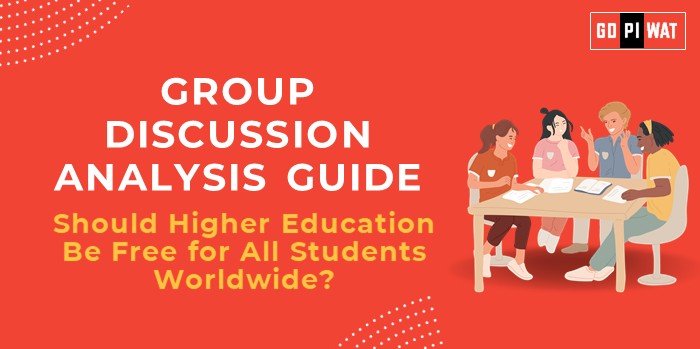🎓 Should Higher Education Be Free for All Students Worldwide?
🌟 Introduction to the Topic
“Access to education is a fundamental right, yet higher education remains a privilege for many. Should it be universally free, or is it an unsustainable ideal?”
Historically, free education has been a key agenda for progressive nations. Scandinavian countries lead the way, while others debate its financial feasibility. Recent calls for free higher education have intensified, fueled by widening income inequality and global education access disparities.
📊 Quick Facts and Key Statistics
🌍 Global Spending on Education: ~4.9% of GDP on average (UNESCO) – highlights fiscal challenges for universal free education.
💰 Student Loan Debt in the US: Over $1.6 trillion – underscores the burden of paid education systems.
🇸🇪 Scandinavian Models: Sweden and Norway offer free higher education to residents and international students – a benchmark for success.
📉 Tertiary Enrollment in Developing Nations: <30% – reveals access inequality compared to >70% in high-income countries.
💰 Student Loan Debt in the US: Over $1.6 trillion – underscores the burden of paid education systems.
🇸🇪 Scandinavian Models: Sweden and Norway offer free higher education to residents and international students – a benchmark for success.
📉 Tertiary Enrollment in Developing Nations: <30% – reveals access inequality compared to >70% in high-income countries.
👥 Stakeholders and Their Roles
- 🏛️ Governments: Policy creation and funding; balancing fiscal budgets with public demand.
- 🏫 Universities: Operational cost management and innovation in education delivery.
- 🎓 Students: Beneficiaries and contributors to the economy via skills acquisition.
- 🌐 International Agencies: UNESCO and World Bank advocate for equitable education access.
- 🤝 Private Sector: Scholarship funding and partnerships for skill development programs.
🎯 Achievements and Challenges
✨ Achievements:
- 📈 Access Expansion: Countries like Germany have shown increased enrollment post-free tuition policy implementation.
- 📊 Economic Growth: Education access correlates with GDP growth in OECD nations.
- ⚖️ Social Equity: Reduced disparities in education across socioeconomic groups.
⚠️ Challenges:
- 💸 Fiscal Sustainability: Free education demands significant government spending (e.g., 6-8% of GDP for comprehensive coverage).
- 📚 Quality Concerns: Resource constraints can compromise education standards.
- 🌍 Global Comparisons:
- 🇸🇪 Success: Nordic countries thrive with robust welfare systems.
- 🇨🇱 Challenges: Developing nations struggle with underfunded institutions.
💡 Case Studies:
- 🇩🇪 Germany: Abolished tuition fees in 2014, enhancing accessibility but facing capacity challenges.
- 🇨🇱 Chile: Progressive reforms toward free education show promise but require increased funding.
🗣️ Structured Arguments for Discussion
- ✔️ Supporting Stance: “Education is a public good; free higher education reduces inequality and drives economic growth.”
- ❌ Opposing Stance: “Fiscal constraints and resource allocation make universal free education impractical in most nations.”
- ⚖️ Balanced Perspective: “Free higher education is viable with strong policy and mixed funding models but requires strategic implementation.”
💡 Effective Discussion Approaches
🚀 Opening Approaches:
- 📊 Statistical Impact: “With student loan debt exceeding $1.6 trillion in the US, is free education the solution?”
- 📖 Case Study: “Germany’s free tuition policy offers a mixed bag of opportunities and challenges.”
🛡️ Counter-Argument Handling:
- 💰 Acknowledge fiscal challenges but highlight creative funding solutions, like public-private partnerships.
🔍 Strategic Analysis: SWOT
- ✔️ Strengths: Enhances access; boosts skill levels.
- ❌ Weaknesses: Resource strain; potential decline in quality.
- 🌟 Opportunities: Scholarships; hybrid funding models.
- ⚡ Threats: Budgetary constraints; political opposition.
🎓 Connecting with B-School Applications
📈 Real-World Applications: Themes like sustainable financing and education policy reform fit well in MBA projects.
🤔 Sample Questions:
- Evaluate the impact of free higher education on economic mobility.
- How can public-private partnerships support free education initiatives?
✨ Insights:
- Policies on education financing can inspire strategies for corporate training programs.


